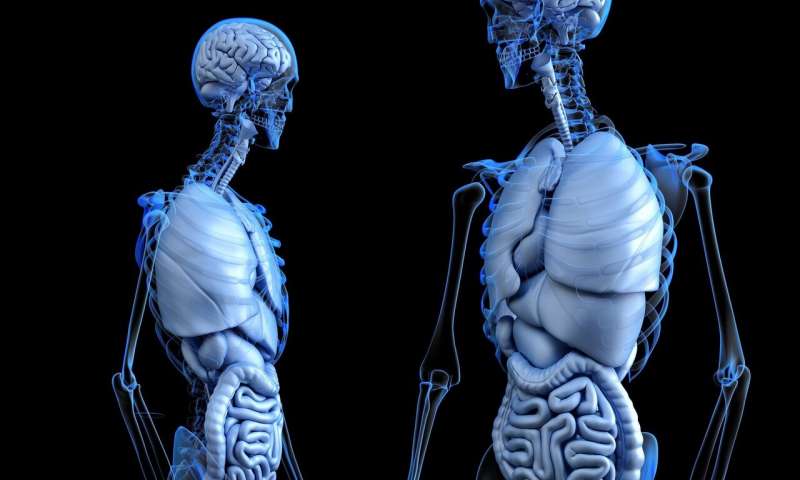New Non-Invasive, No Radiation MRI-Based Functional Liver Imaging Score (FLIS) For Chronic Liver Disease
Source: Thailand Medical News Nov 22, 2019 5 years, 11 months, 2 weeks, 3 days, 4 hours, 45 minutes ago
A research team involving interdisciplinary experts from MedUni Vienna has shown that important information about the stage and prognosis of
chronic liver diseases can be gotten by
functional magnetic resonance imaging (
fMRI).
 Functional magnetic resonance imaging
Functional magnetic resonance imaging (
fMRI) involves lying in a tube-like machine, the having contrast agent injected into a patient's arm vein. Within an hour, images of the liver are generated, all without any radiation. This is much simpler and safer than the current method of sticking a large needle in the liver to take a tissue sample or measure portal vein pressure to diagnose portal vein hypertension.
Dr Ahmed Ba-Ssalamah from MedUni Vienna's Department of Biomedical Imaging and Image-guided Therapy and the senior author of this study told
Thailand Medical News,"We showed that
fMRI using a special liver-specific contrast agent is able to non-invasively investigate liver function, enabling us to predict the development of liver-related complications such as ascites, internal bleeding and/or hepatic encephalopathy, as well as to estimate the risk for mortality."
Typically, the contrast agent, gadoxetic acid, is injected via a peripheral vein. It is absorbed by the liver cells (hepatocytes) and eliminated via the bile ducts. Chronic inflammation of the liver tissue, for example due to viral hepatitis or fatty liver disease may lead to scarring (fibrosis/cirrhosis) of the organ, resulting in a reduction in the number of functioning hepatocytes and/or a decrease in cellular transporters responsible for the uptake of the contrast agent into hepatocytes. This ultimately leads to decreased contrast agent elimination from the liver. Radiation-free
fMRI shows this liver cell damage as reduced brightness of the liver and delayed excretion of contrast agent in the bile ducts on serial imaging.
The concept is based on three specific
fMRI parameters, a
Functional Liver Imaging Score (
FLIS), ranging from zero (worst liver function) to six (best liver function) points, is calculated. The study found that patients with more severe liver disease had a lower FLIS (0-3 points), and a 3.7 times higher risk to develop liver-related complications than patients with a high FLIS (4-6 points). Furthermore, patients with advanced chronic liver disease and a low FLIS (0-3 points) had a significantly higher risk for mortality.
These findings, published in the top journal "Radiology," will now be verified in a multi-centre study. This follow-up study will also investigate the extent to which
fMRI can replace invasive methods of assessing the severity of
liver disease. "However, the FLIS, based on
functional Magnetic Resonance Imaging using liver-specific contrast agents, may be already used for non-invasive assessment of liver function in daily clinical practice," says Ba-Ssalamah.
Reference : Does the Func
tional Liver Imaging Score Derived from Gadoxetic Acid–enhanced MRI Predict Outcomes in Chronic Liver Disease
pubs.rsna.org/doi/10.1148/radiol.2019190734 